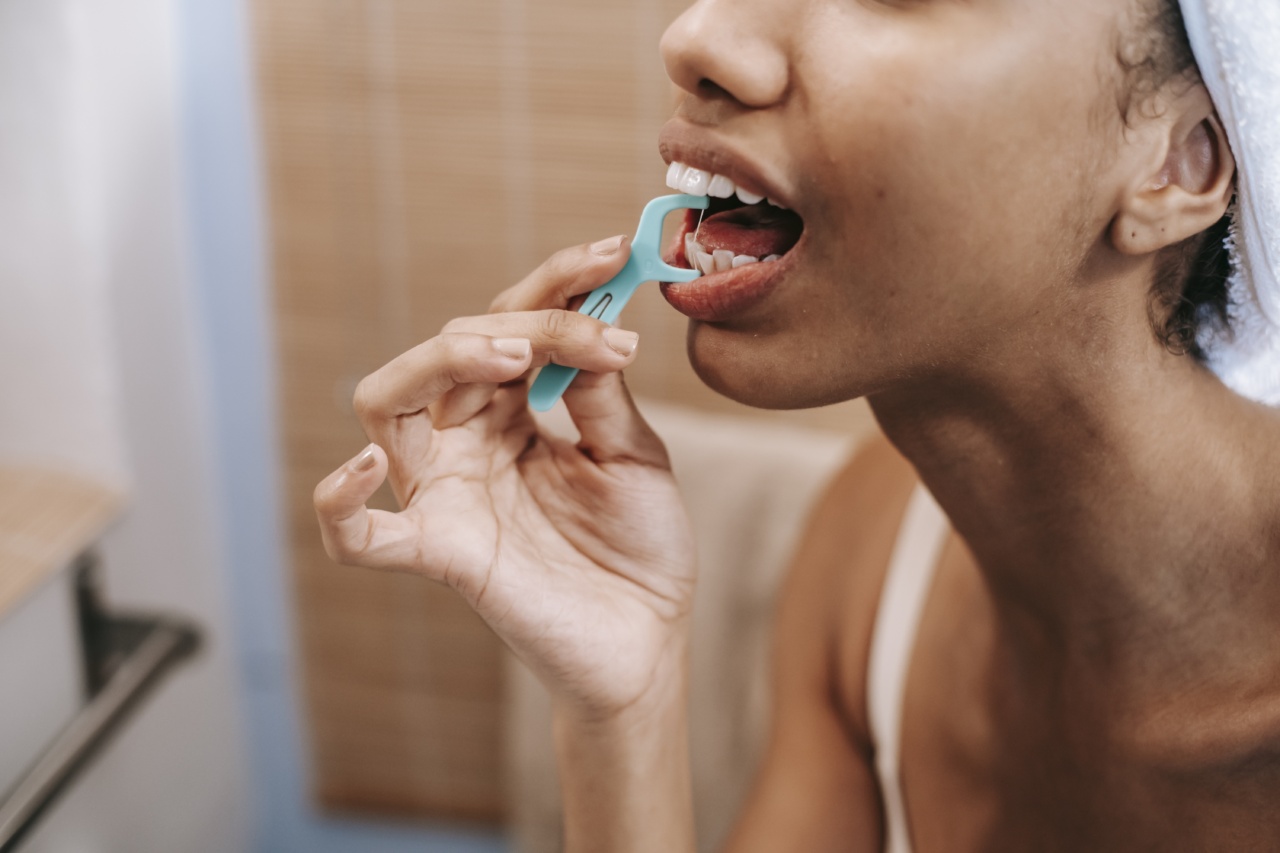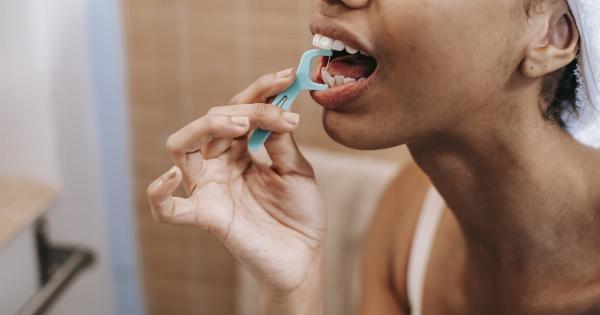Plaque buildup is a common dental problem experienced by many people. It is a sticky film of bacteria that forms on the teeth and can lead to cavities, gum disease, and bad breath.
Removing plaque from your teeth is essential for maintaining good oral health. Here are ten effective ways to get rid of plaque:.
1. Brush your teeth twice a day
The simplest and most effective way to remove plaque from your teeth is to brush them twice a day. Use a soft-bristled toothbrush and fluoride toothpaste to clean your teeth thoroughly.
Brush for at least two minutes, making sure to cover all surfaces of your teeth, including the backsides, front, and chewing surfaces.
2. Floss Daily
Flossing is equally important as brushing when it comes to plaque removal. Floss once a day to remove plaque from the areas in between your teeth where your toothbrush cannot reach. This will prevent plaque buildup and reduce the risk of gum disease.
3. Use Mouthwash
Mouthwash can help kill the bacteria that cause plaque, preventing its buildup on your teeth. Rinse your mouth with a fluoride-containing mouthwash twice a day. Swish the mouthwash in your mouth for at least 30 seconds before spitting it out.
4. Eat a healthy diet
Eating a balanced diet is essential not just for your overall health, but also for your oral health. Avoid sugary and starchy foods that can stick to your teeth and promote plaque buildup.
Instead, eat fresh fruits and vegetables that contain fiber, which stimulates the production of saliva and helps wash away bacteria in the mouth.
5. Quit smoking
Smoking is not just harmful to your health in general, but it also promotes the accumulation of plaque on your teeth. Tobacco products contain nicotine and tar, which stick to the teeth and discolor them.
Quitting smoking can significantly improve your oral health and prevent further damage to your teeth.
6. Use a Water Flosser
A water flosser is an effective tool for removing plaque and food particles from your teeth. It uses a stream of water to clean in between your teeth and along the gum line, removing plaque and reducing the risk of gum disease.
Use a water flosser once a day in addition to regular brushing and flossing.
7. Chew Sugarless Gum
Chewing sugarless gum can help remove plaque from your teeth. It stimulates the production of saliva, which helps wash away bacteria and food particles in the mouth.
Choose gum that contains xylitol, a natural sugar substitute that inhibits the growth of bacteria that cause plaque.
8. Try Oil Pulling
Oil pulling is a traditional Ayurvedic practice that involves swishing oil in the mouth for several minutes to remove bacteria and plaque from the teeth. Coconut oil is commonly used for this purpose.
Swish a tablespoon of coconut oil in your mouth for 10-20 minutes before spitting it out and rinsing your mouth with warm water.
9. Use Baking Soda
Baking soda is a natural and effective cleaner that can help remove plaque from your teeth. Mix a teaspoon of baking soda with a few drops of water to make a paste. Dip your toothbrush into the paste and brush your teeth for two minutes.
Rinse your mouth with water.
10. Visit Your Dentist Regularly
Regular dental checkups and cleanings are essential for maintaining good oral health and preventing plaque buildup. Visit your dentist every six months for a thorough cleaning and examination.
Your dentist can detect and treat any dental issues early on, which can prevent them from becoming more severe.






























